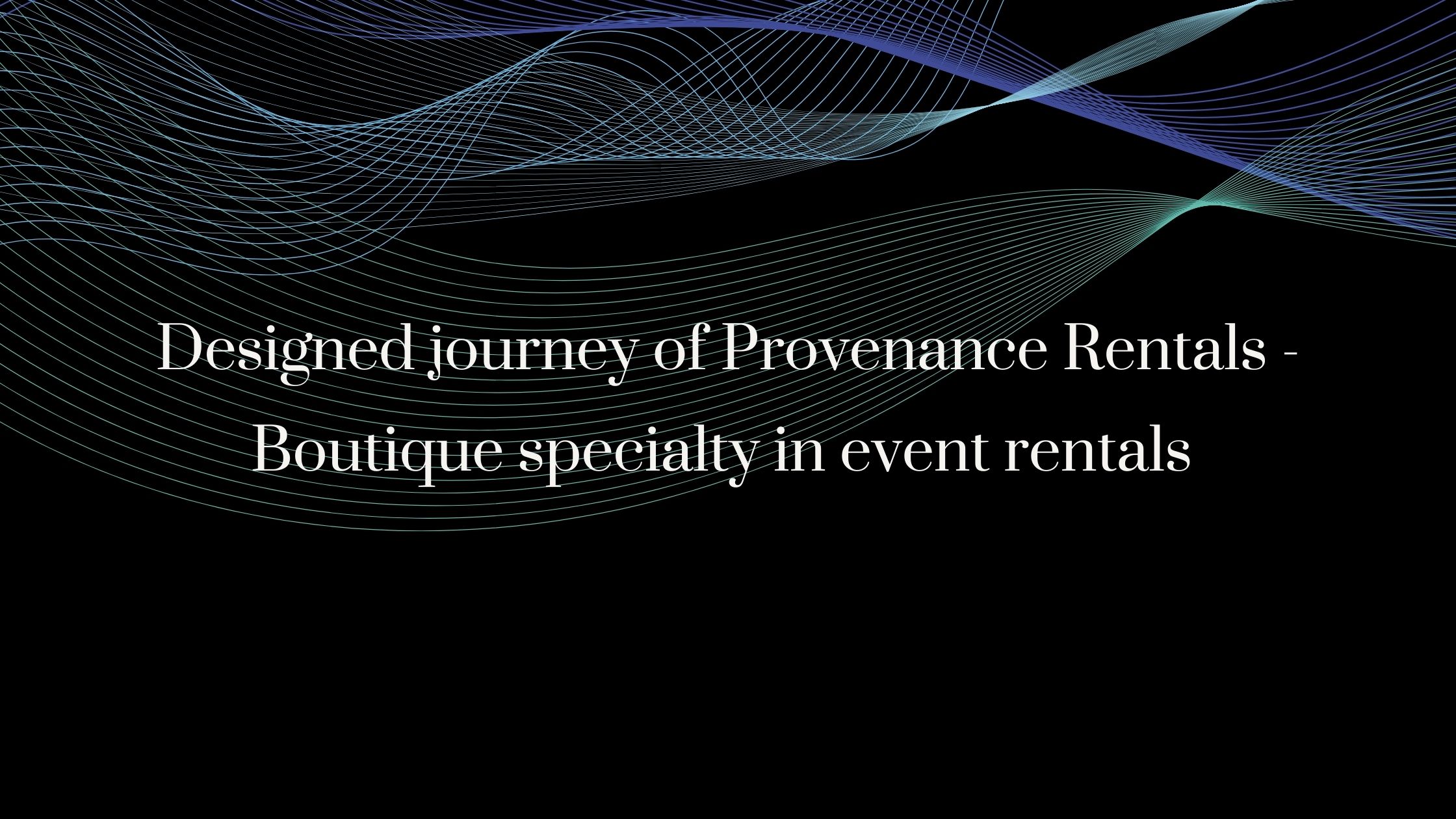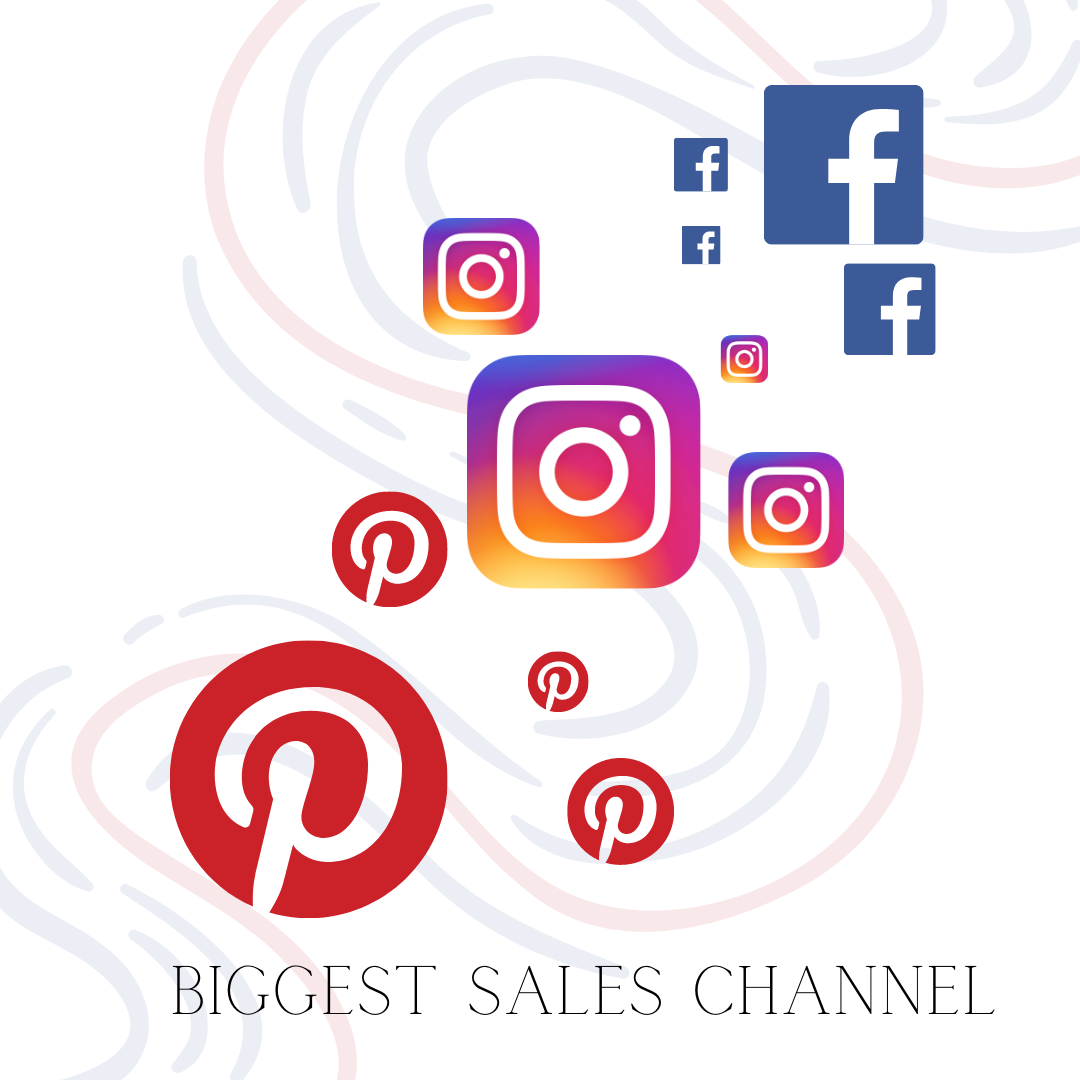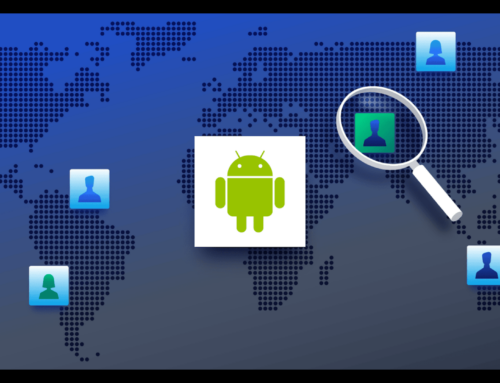
Q1. Please introduce yourself and your business/brand/product.
My name is Anna Braff, and I am the Founder and Designer at Provenance Rentals. We are a boutique specialty event rentals company located in Inglewood, in Los Angeles County. Our collection comprises of beautiful, unique, and hard-to-find furniture and props. We originally started with only vintage and antique items, hence the name provenance, but we have since expanded our inventory to service larger and more diverse events. All of our items must be high-quality, unique, and beautiful.
Q2. Who is the ideal customer for your product?
Our ideal customer is usually someone with impeccable taste and a love for design; someone who is bold and not afraid to take risks. Although most of our clients are females in their 20s-40s and even 50s, we also have a lot of male clients, too. Many of our clients say they are drawn to our collection and they keep coming back. They are individuals, or businesses, with style and whatever they are planning it is something special. What we offer isn’t just everyday, average rentals — they are meant for people who want to invest in their experience and memories and love our decor. Our clients are usually urban dwellers, have an active social life, and are usually very generous as they love to share their experiences with others. Although we do have more B2C customers, ideally we love interfacing with our B2B clients.
Q3. What are your primary sales channels? Please separately highlight the ones that have proven to be most successful and most cost effective.

Ecommerce, such as our website and social media like Instagram, Facebook, and Pinterest, is our biggest sales channel. We invested in a beautiful website and effective SEO so that people will find us for some really niche products. We are often told we are the first ones to come up for their queries. We can understand our analytics on the products that receive the most traffic, inquiries, and sales as a result. This is probably our most cost-effective sales channel methods.
We also do retail sales. We have a physical store in Los Angeles and customers can come and visit and see things in our showroom and warehouse. Usually when they see items in person it is a lot easier to convey the need for the rental than just a photo. The photos are great for inspiration, but a lot of customers are tactile and need to experience the product. It is easier to create designs when they can trust the product they are going to get and they usually value our insight when we confidently discuss it. Although retail space is more costly, we have a business that requires storage space regardless so we created an environment that shows off our merchandise and designs. It is beautiful and inspiring.
We also do personal selling like cold calling or emailing from a well-researched and targeted client list. Usually, we reach out to event planners, production companies, or venues that will either meet us, or build a relationship. The most significant cost is employee and owner-time, which can be a lot. However, usually when a connection is formed it can result in more long-term revenue generation not always seen at first blush.
Q4. Have you tried using cold outreach to get more clients for your business? If yes, what’s been your success rate?
Yes, we use cold outreach to get more clients. It is a perpetual war of erosion, and not just a hard victory won only once. Success can be defined as closing the sale with a client, or establishing a connection with a lead where they will think of you top of mind in the future and align with the brand. Usually when we do cold calling or emailing to close a sale it is under 5% effective. When it is a cold call or email merely to establish a relationship it is a little higher. We have more success when there is less pressure “making on the sale,” but more interest in learning about the target person, or their business, and establishing a true connection. If there is any way we can solve their problem, or the problem for their clients then we have succeeded, even if in the future.
Q5. What was your biggest challenge in sales and how did you overcome it?
There are a few challenges, but most noticeably the following two. First, I love making sales, but there is also fear of rejection. Second, there is a threat of real competition sometimes underbidding you and/or taking clients right out from under you.
To address my first statement, I find that any fear is best addressed with exposure therapy. Anything you are afraid of becomes less scary the more you do it. I worry less about someone saying no, or the price is too high, or simply going radio silent when following up, instead I look at it as practice, making a connection, and if it doesn’t work out this time there is always next time. It is always good to face your fears and perfect your pitch.
The next issue I do not have as much control over, but then I revisit who my customer is. If they want a deal, something rushed and/or inexpensive (or worse inferior all in the name of saving money), I remind myself these are not my clients. Sales for our company is not a race to the bottom. We are not trying to just get customers through price reductions. Provenance Rentals and the collection offers an experience. So even if they go with someone else, I let them if they are unwilling to see what we offer. There are always businesses willing to do the work for less, but we know our business. We understand the costs associated with each event like payroll, gas, trucking, packing materials, insurance, unknowns, and the impact it has on profitability. We are not willing to make a sale just to make a sale. It puts a strain on the team and other customers if you don’t properly vet your customers. Don’t get me wrong, it is a frustrating problem to have dealing with competition especially since rental companies pop up all the time, but not everyone is professional, or offers top-quality event rentals or customer service.
Q6. Over time, some users may stop using your product or they may cancel their subscription. Have you implemented any strategies to win back such customers?
We believe in touches. We make contact through email campaigns, phone calls and emails, holiday cards, and more. We also reinvest in better inventory as trends change. It might be the customer is looking for something you don’t offer.
A more forward approach is to ask for feedback, but delicately. If the customer does not want to tell you why they are no longer wishing to work with you, it is not a good idea to push. However, if someone is willing to give you feedback, it is always worth a listen. Usually, we have done this over email so it is less threatening to the past client.
Q7. Imaging you are speaking to a younger version of yourself who is just starting out. They have $1000 to spend in sales and marketing. How would you advise them to spend it?
Talking to my younger version, I would creatively invest the $1000 in some advertising in a Google Ads campaign, or branding for the business (even if that means purchasing an app, or software creating a more professional presentation). I would also invest in sales training — even if it is a self-guided course, a one-time meeting with a professional you admire, books, subscriptions, or scripts to use to help with perfecting my approach and pitch. Sometimes even minor tweaks in what you are already doing with sales and/or marketing can make a difference and turn into more revenue and profits. With more revenue and profits, you can invest in better marketing and sales techniques, conferences, coaching, consultants, or more. Eventually you can grow a team, or even outsource it to become more effective.


